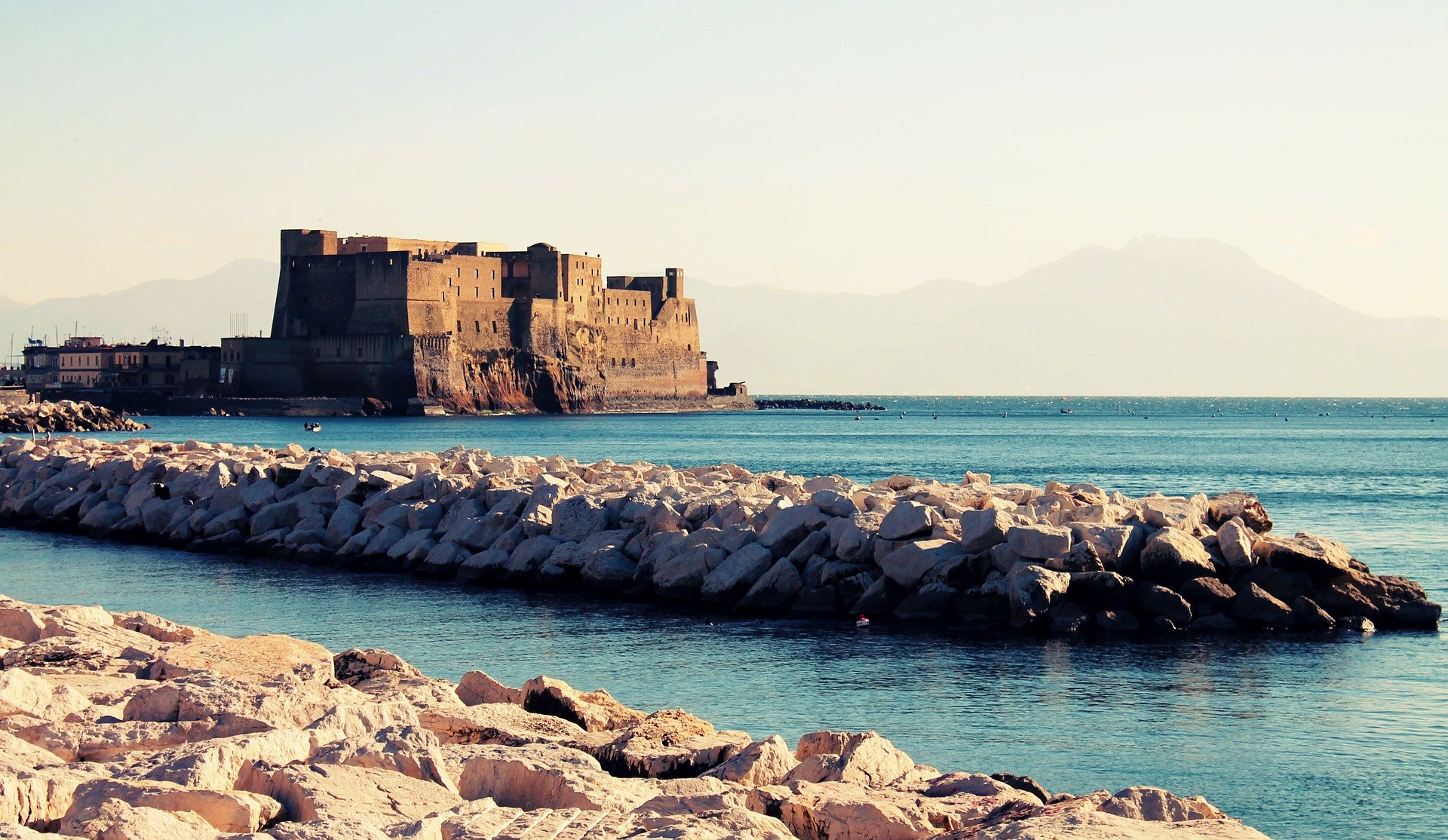Dear Readers,
On October 1, 1943 when the Allies came to “liberate” Naples from the German occupation, they found out that a rag-tag population of war-weary “Napoletani” civilians has already “liberated” it. “Grazie” to Ken Borelli, I.A.H.F. Cultural Chairman, San Jose Calif., for sharing “The Four Days of Naples” (Le Quattro Giornate di Napoli. September 27, 28, 29, 30) info with us:
By September 1, 1943, Napoli had suffered 105 bombings resulting in over 25,000 dead, tens of thousands wounded and 100,000 apartments destroyed- further, Vesuvius had erupted and incomparable cultural and artistic patrimony had been obliterated. What was left of the city was decimated- smoldering ruins, no water, no food and a populace composed of women, children the wounded and elderly as the more able-bodied had either fled or were fighting.
On September 8, 1943 the Italians switched sides (Cassibile Armistice) leaving the Germans in an untenable position of having to change from allies to invaders in one day. Almost immediately they turned from stern occupiers to defeated warriors. By September 9 they had already received their orders, Napoli was to be reduced “to cinders and mud” so that the arriving Allied forces could not use the port city as a strategic base.
The random violence against the Neapolitans in the ensuing days and the chaos and uncertainty of the power structure was met with fear and desperation. The Italian military generals, Riccardo Pentimalli and Ettore Del Tetto, who were responsible for protecting Napoli, abandoned it, fleeing in civilian clothing (they were later sentenced to 20 years in prison). The city, left unprotected, was now the target of the retreating military determined to follow orders and destroy it.
On September 12 the carabinieri fought successfully to save the vital telegraph building. In other clashes, the people of Napoli defended their city against the systematic destruction and looting. Each day, tensions were rising, with some of the most beloved and precious treasures of the city destroyed by fire- i.e. the University of Naples and the National Historic Archives. These acts of brutality struck home with a population battered, but still proud of their patrimony.
The straw that broke the camel’s back occurred on September 22, when a decree was issued that all males between 18-33 were to present themselves- to be deported and used for forced labor. Men were rounded up and brought to the stadium in the Vomero. Meanwhile, people living within 300 meters of the coastline were ordered to evacuate within 20 hours- 35,000 families were now filling the streets wandering into exile while plans for blowing up the port were being finalized.
Anthropologists have proved that spontaneous actions by people who have never had contact with each other can occur. On the evening of September 27, 1943 the people of Napoli, comprised mainly of women, children, the elderly and the wounded, would rise up in a spontaneous act of defiance to rid themselves of their captors. There had been no meetings of action plans, but the Neapolitans grabbed the moment. Clashes sprang up randomly around the city. Everyone from young to old participated.
Children drove into the Gulf of Napoli to retrieve guns which had been dumped there, caches of weapons were distributed and knives, broom handles, toilets and furniture were tossed from balconies to block roads and deter the enemy. Napoli, having narrow and labyrinthine streets, was more easily defensible against large, unwieldy tanks. The underground cavern network also made it easy to get from one place to another, leading to successful surprise attacks.
And so, it was this rag-tag population of war weary civilians who succeeded in defeating the best armored tank division in the war in just four days; thus presenting a free city to the Allies who came to “liberate” it on October 1, 1943.
The story of this triumph, for which the city was awarded the Gold Medal of Military Valor, was immortalized in the movie Le Quattro Giornate di Napoli (The Four Days of Naples) by director Nanni Loy. The film was nominated for two academy awards and none of the actors wanted their names cited in the ending credits as a way of honoring those who sacrificed so much for this city. The film is a masterpiece, a testament to the human spirit, a message that no matter how bad things get, there is hope and there is redemption…
***
Visit www.napoliunplugged. com for more of the four-days-of-Naples, but on a happier note, I prefer the Napoli unplugged site for the photos and information on such topics as Bed & Breakfasts in Mergellina, Top Ten Sites and Attractions in Naples, Events, Pizzerias, Shopping Streets and Markets, Naples Ferries and Hydrofoils, Campania Arte Card, tourist information and much more.
***






























